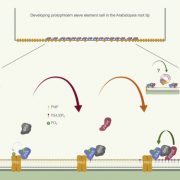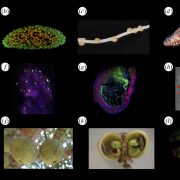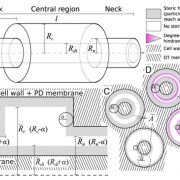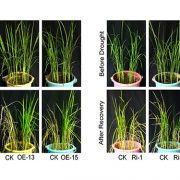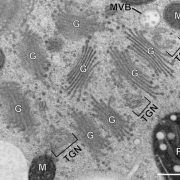From The Scientist: Image of the day, Pseudomonas autophagy
An image from a paper published in Plant Cell is featured as The Scientists “Image of the Day”
Image of the Day: Pseudomonas Autophagy
Researchers identify antibacterial functions of cell death in Arabidopsis when the plant is infected with Pseudomonas.
| March 30, 2018

A plant cell (Arabidopsis) infected with Pseudomonas syringae, where the proteasome subunit PAG1 is labeled with a green fluorescent protein and ATG8a, an autophagy component, in purple. SUAYIB USTUN
Autophagy—the process by which cells break down and consume themselves—is one of the ways that eukaryotic organisms defend against microbial infections. In a study published this month in Plant Cell, researchers describe the mechanisms by which infection leads to autophagy. In Arabidopsis cells, they labelled PAG1, a subunit of the proteasome, and ATG8a, an autophagy-related protein, with fluorescent markers and observed their activity when the cells were infected with Pseudomonas syringae. The results showed “evidence for intimate crosstalk” between the two components of the plant’s infection response.
S. Üstün et al., “Bacteria exploit autophagy for proteasome degradation and enhanced virulence in plants,” Plant Cell, doi:10.1105/tpc.17.00815, 2018.



